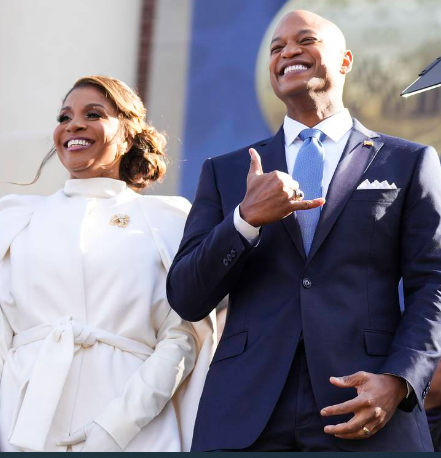As Baltimore County looks for a new schools superintendent, it should keep the focus on equity and improved relationships
Even the sharpest critics of Darryl L. Williams, the beleaguered and now outgoing superintendent of Baltimore County Public Schools, must appreciate that his timing was unlucky, facing the COVID-19 pandemic and a cyberattack within months of taking office. Switching to virtual learning is challenging under any circumstances. Doing it when your computer system has been hit by a ransomware attack that is messing with teacher benefits among other things, is a genuine crisis. And that’s on top of all the other firestorms that superintendents face, from school bus driver shortages and incidents of school violence to parents seeking to have their local schools air-conditioned.

